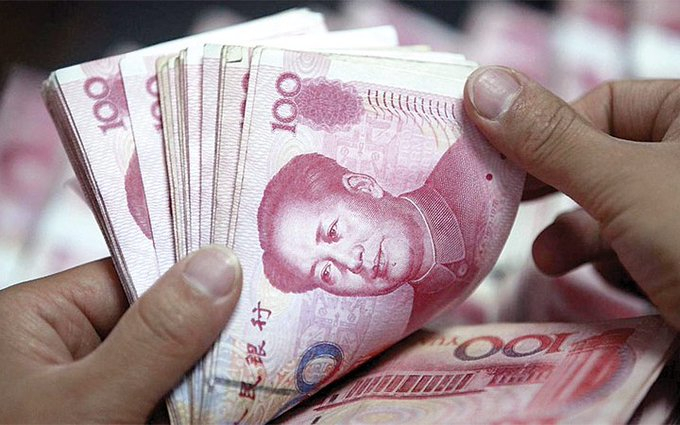The Chinese economy rebounded from the pandemic era restrictions to post solid growth in the first three months of 2023, data showed on Tuesday.
China's gross domestic product expanded 4.5 percent year-on-year in the first quarter, according to data released by the National Bureau of Statistics (NBS). In the previous quarter, the Chinese economy had recorded a 2.9 percent growth. The first quarter growth numbers even went beyond the analyst expectations of 4 percent.

Chinese Exports Surge
The NBS data shows that China's exports surged in March, while consumption, services and infrastructure spending increased in all of the last three months. However, the growth in manufacturing fell below expectations.
"Economic recovery is well on track. The bright spot is consumption, which is strengthening as household confidence improves... The strong export growth in March also likely helped to boost GDP growth in Q1," said Zhiwei Zhang, chief economist at Pinpoint Asset Management, according to Reuters.
Despite a strong showing, Chinese authorities advised caution. "The international environment is still complex and ever-changing, constraints from insufficient domestic demand are obvious and the foundation for economic recovery is not solid," said NBS spokesman Fu Linghui.

End of Zero Covid
The end of the controversial zero Covid policy obviously resulted in a surge in China's growth. China eased its harsh zero-Covid policy measures in October 2022 following widespread discontent in the country amid a marked deterioration in the economy. The zero-Covid policy had further exacerbated the economy, which was already reeling from a property market meltdown and a broad slowdown amid global downside pressures.
China also rolled out more support measures for the economy at the end of the last year, after data showed the Chinese economy's growth had decelerated to just 3 percent in the first three quarters of 2022.
In October, the Chinese central bank injected more liquidity into the economy by readjusting the reverse repo rates. The People's Bank of China (PBOC) released 500 billion yuan ($69.8 billion) in long-term liquidity to prop up the economy. PBOC's reverse repo rate cut by 25 basis points became effective from December 5. The central bank said the reduction in key rates will keep liquidity 'reasonably ample' and increase the support for the real economy. It will also help banks support industries damaged by the Covid pandemic, it said.
Rising China Clout
In other news, the International Monetary Fund has said China will turn out to be the biggest driver of global growth in the next five years, eclipsing the US role. While China's contribution to global economic expansion will be nearly 25 percent, the US contribution will decline to around 11 percent.
Significantly, India will also overtake the US in terms of the share of global growth. According to calculations based on the IMF's World Economic Outlook, India's share of world economic growth will be around 13 percent. Other countries to make significant contributions are by Indonesia, Germany, Turkey and Japan.









